Gum Disease Treatment Goose Creek
Treatment Focused on Preserving Your Smile
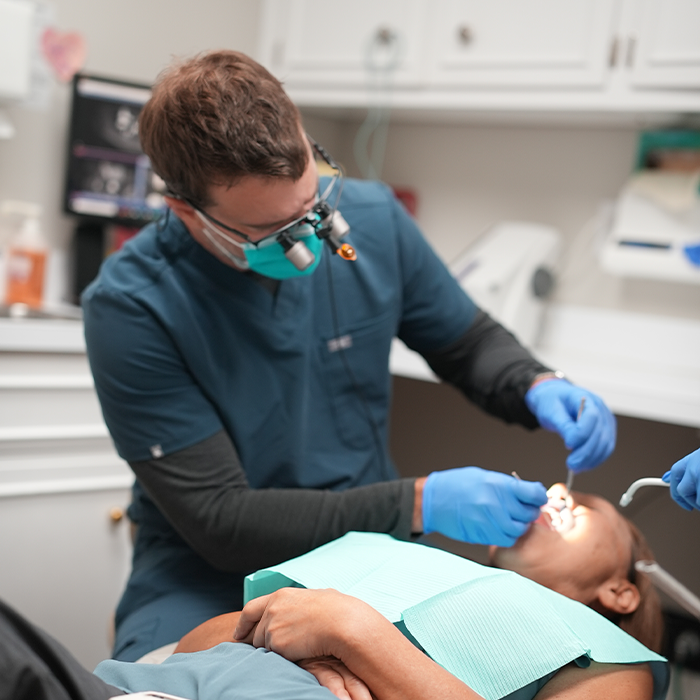
Gum disease is one of the most common oral health problems in the nation, estimated to impact one out of every two adults in the United States, according to the Centers for Disease Control and Prevention. At Carolina Complete Dental, our team aims to spot the signs of gum disease (also known as periodontal disease) as early as possible so we can treat it before it leads to serious consequences like tooth loss. If you notice gum disease symptoms or you haven’t seen a dentist within the past six months, schedule an examination with our team of experienced dentists today to see if you need gum disease treatment in Goose Creek.
Why Choose Carolina Complete Dental for Gum Disease Treatment?
- We Offer Surgical & Non-Surgical Treatment Options
- A Dental Team Who Will Treat You Like Family
- In-House Certified Registered Nurse Anesthetist
What Causes Gum Disease?
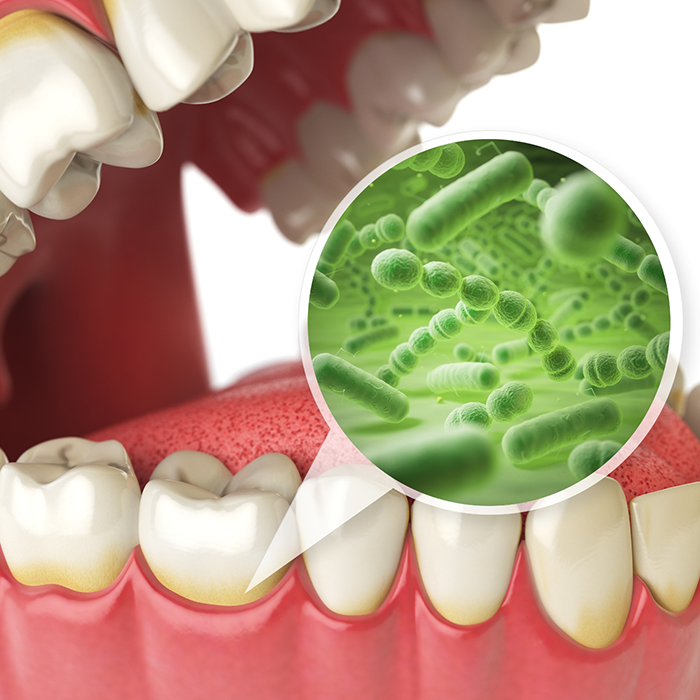
When plaque is left to build up on your teeth, pockets of toxic bacteria can form between your teeth and gums (just beneath the gum line). If the pockets continue to grow, the gums will separate from the teeth, resulting in loose teeth, tooth loss, bone loss, and even general health complications. A good flossing and brushing routine combined with regular checkups and cleanings at the dentist can prevent gum disease.
The first stage of gum disease is called gingivitis. You will know gingivitis by the swelling, redness, and bleeding of gums, but don’t worry, because it is often cleared up with regular flossing and brushing at home. The second stage of gum disease is called periodontitis, and it is more severe. If gingivitis is allowed to become periodontitis, the bacterial pockets deepen to the point teeth, gums, and the supporting bone can incur permanent structural damage, and it may be necessary for your Goose Creek dentist to extract one or more teeth.
If any of the following apply to you, you may be at a higher risk for developing gum disease:
- Crooked teeth, degraded fillings, or bridges that don’t fit well
- If you are taking steroids, cancer drugs, calcium channel blockers, oral contraceptives, or epilepsy medications
- If you are pregnant
- If you have diabetes
- If you use any form of tobacco
Symptoms of Gum Disease
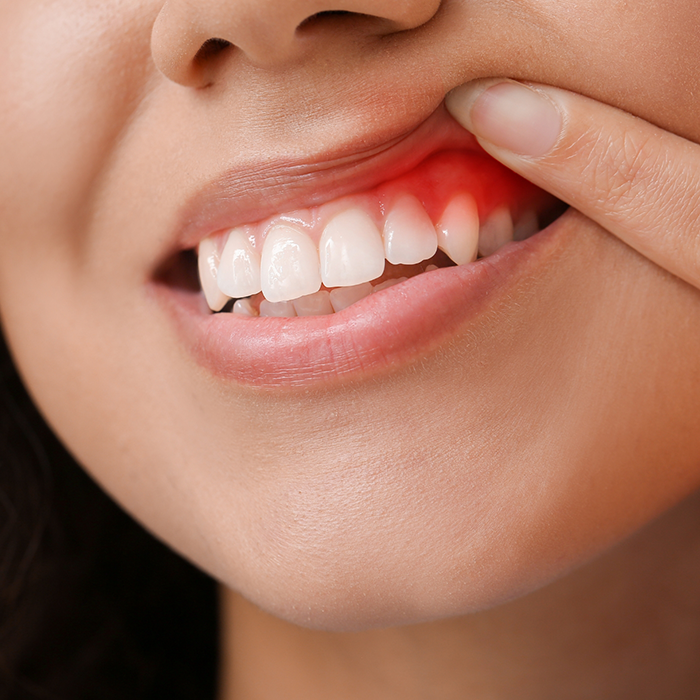
First of all, it is important to remember that not all patients who suffer from gum disease will have symptoms. However, if any of the following applies to you, it is best to see your dentist as soon as possible:
- You have swollen, red, and/or tender gums
- Your gums bleed easily
- Your gums have begun to separate from your teeth
- Your bite feels different
- Your dentures seem to fit differently
- Your permanent teeth have become loose
- You notice pus between your gums and teeth
- You experience chronic halitosis (bad breath) and or bad taste
The main reason gum disease can be so destructive is that it creates pockets between teeth and gums that fill with plaque, and compromise the entire structure of your teeth, gums, and jawbone. For these reasons, gum disease is the top cause of tooth loss in the country.
Tips for Preventing Gum Disease

The best defense against gum disease is a great oral hygiene routine. That means flossing and brushing at least twice a day with fluoride toothpaste and visiting your dentist every six months for checkups and cleanings. If you do this, you can keep your smile healthy, beautiful, and gum disease-free for years to come!
Treatment Options for Periodontal Disease
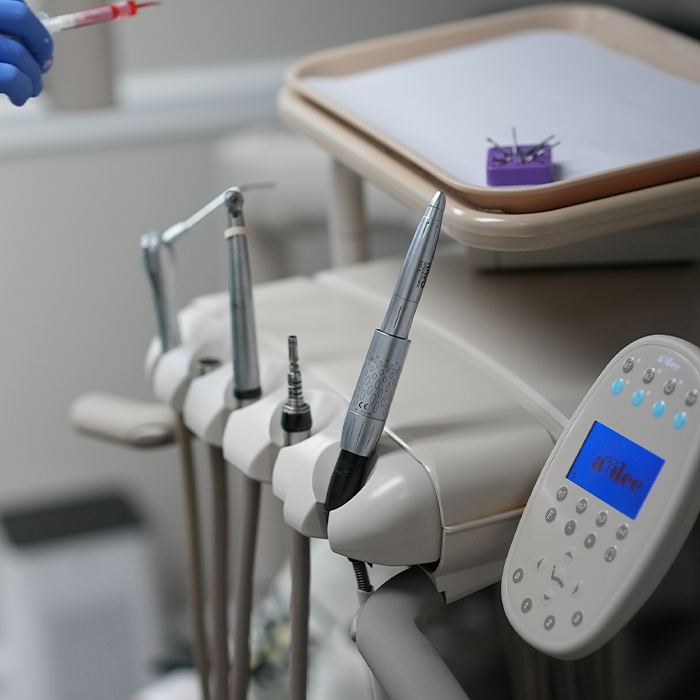
Generally, treatment of periodontal disease is divided into two categories: non-surgical treatment and surgical treatment. Every case is unique, so treatment varies depending on the extent of the gum infection, but there are a number of remedies available:
- Gum (periodontal) trays that can be worn at home
- Deep cleaning (scaling and root planing)
- Periodontal surgery and/or laser gum surgery
It is our policy to start with non-surgical therapies that may provide relief before moving on to surgical procedures. That being said, some cases may require surgical intervention based on how far the disease has progressed.
Non-Surgical Gum Disease Treatment

Early-stage gum disease is often treatable with an effective cleaning method known as scaling and root planing. With the help of an ultrasonic cleaning instrument, plaque and tartar are eliminated from problem areas that hygienist’s standard tools cannot get to. The most common areas are beneath the gum line and around the root. Once the cleaning is complete, our skilled dental team will smooth out—or plane—the surface of the tooth in order to create better conditions for gum reattachment.
Equally as important as the procedure itself is maintaining good oral hygiene afterward. Flossing and brushing twice daily with fluoride toothpaste, avoiding sugary foods, giving up tobacco, and making sure you see your dentist twice a year for cleanings and checkups may be all that is necessary to stay gum disease-free for the rest of your life. However, neglecting your oral health will almost certainly lead to more gum disease, and surgery may be necessary for severe cases.
Laser Periodontal Treatment
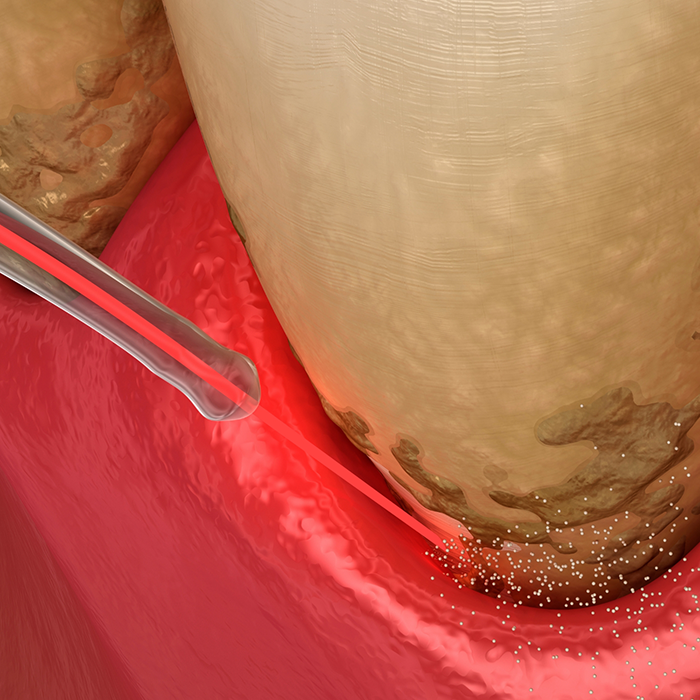
In conjunction with scaling and root planing, our team may also use our Lightwalker Fotona laser. This piece of technology emits a small beam of light out of the tip of it that can effortlessly and precisely remove severely infected soft tissue as well as kill harmful oral bacteria on-the-spot. It also cauterizes the area being treated, which helps minimize post-operative risk of infection as well as bleeding and discomfort during and after the procedure.
Surgical Gum Disease Treatment
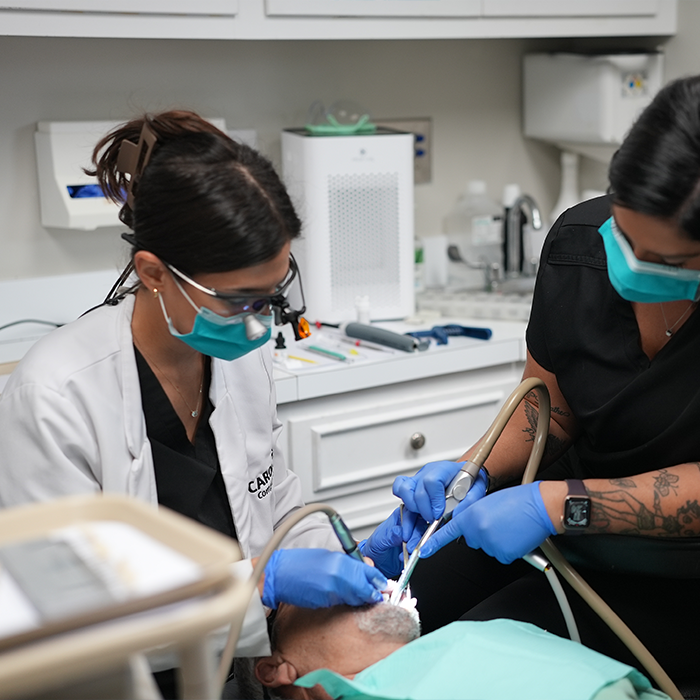
If scaling and root planing doesn’t do the trick, don’t give up hope! There are plenty of surgical treatments designed for severe cases of periodontal disease. There’s almost always a chance to restore your oral health and get back your shining smile. Here are a few types of periodontal surgical procedures that our experienced dentists in Goose Creek offer:
Pocket Depth Reduction
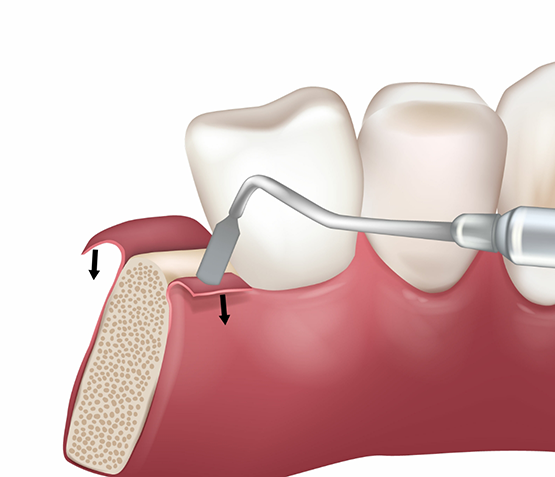
Pocket depth reduction, or “flap surgery” works by removing the bacteria and damaged tissue within these pockets (from the tooth, the root, and the gums), then sewing them back up, so that the healthy gums can reattach to the teeth.
Regeneration

For severe damage to the supportive structures of your teeth, regeneration begins just like flap surgery by folding back the flap and removing any severely damaged tissue. However, this treatment goes one step further with a bone graft or a tissue-stimulating protein infusion to encourage the growth of tissues that support your teeth, like your jawbone and gums.
Soft Tissue Graft
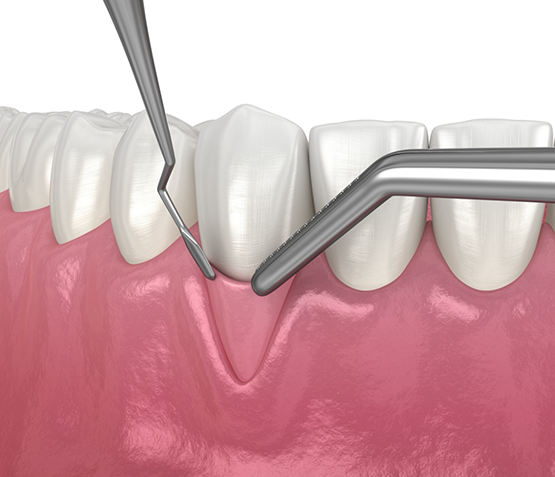
Soft tissue grafts involve borrowing tissue from the roof of your mouth (or elsewhere) and sewing it over the exposed roots to encourage healthy gum growth and protect teeth from bacteria, plaque, and tartar. Successful grafts return teeth to normal sensitivity and address the aesthetic issues caused by gum recession.
Is Gum Disease Treatment Covered by Dental Insurance?
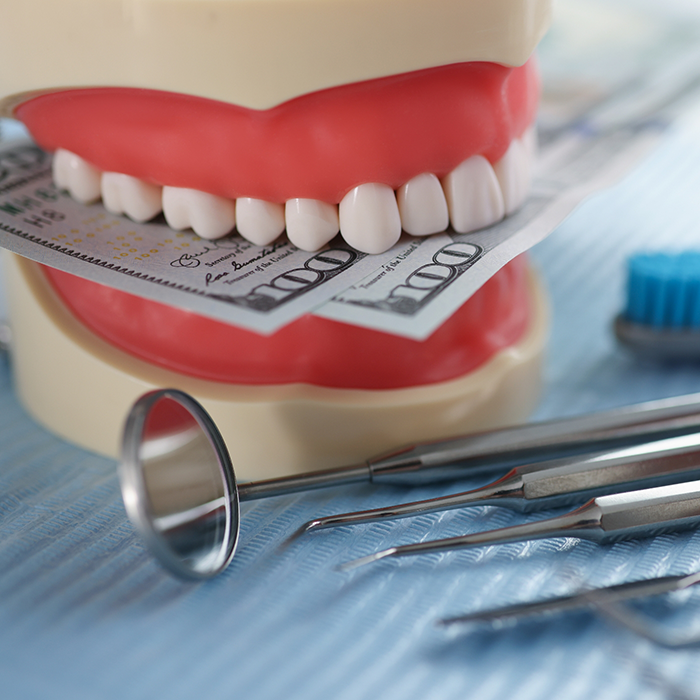
In most cases, dental insurance will at least contribute to the treatment costs associated with periodontal disease. Our first priority is getting you the dental care that you need in the most convenient way possible, and we will work directly with your insurance company to maximize your benefits.
